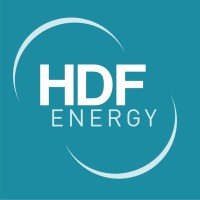Graforce develops plasma electrolysers to produce hydrogen from methane and wastewater
Plasma electrolyser has the potential of green hydrogen and the range of applications for CO2-free or even CO2-negative energy and fuel.

Graforce has developed a plasma electrolysis technology that can produce hydrogen from residual materials – with significantly lower manufacturing costs and higher yields.
Green hydrogen is projected to impact the mobility, industry, and decentralised energy segments. It plays an important role in meeting global climate goals. The global hydrogen market is forecast to grow by a factor of 6 by 2050. Germany makes up 20% of the current European hydrogen consumption and is also forecast to remain the largest hydrogen off-take market in the EU, driven by strong decarbonisation commitments across sectors.
The production of hydrogen using plasma electrolysis requires considerably less energy than water electrolysis and leads to significant cost reductions. Whereas water electrolysis needs 50kWh/kg H2, 1kg hydrogen from methane production takes only 10kWh or 20kWh from wastewater.
Dr Jens Hanke. “Our plants produce green hydrogen from methane, wastewater, liquid manure or ammonia. We thus close energy and material cycles and make a significant contribution to a future without fossil fuels and CO2 emissions. And we deliver this quickly and cost-effectively.”
For the development and customer-specific scaling of its modular plants, Graforce works with global leaders in engineering, procurement, and construction. The company is currently in the process of expanding its strategic partnerships with financial as well as strategic investors to scale its technology worldwide quickly.
